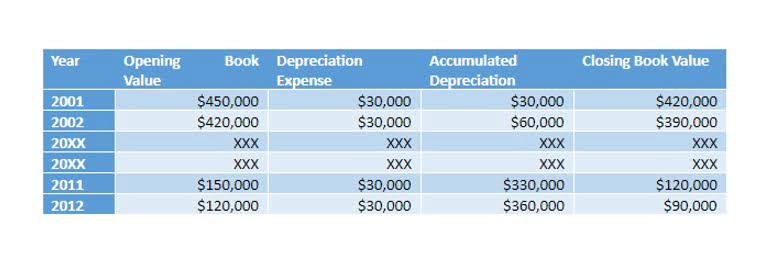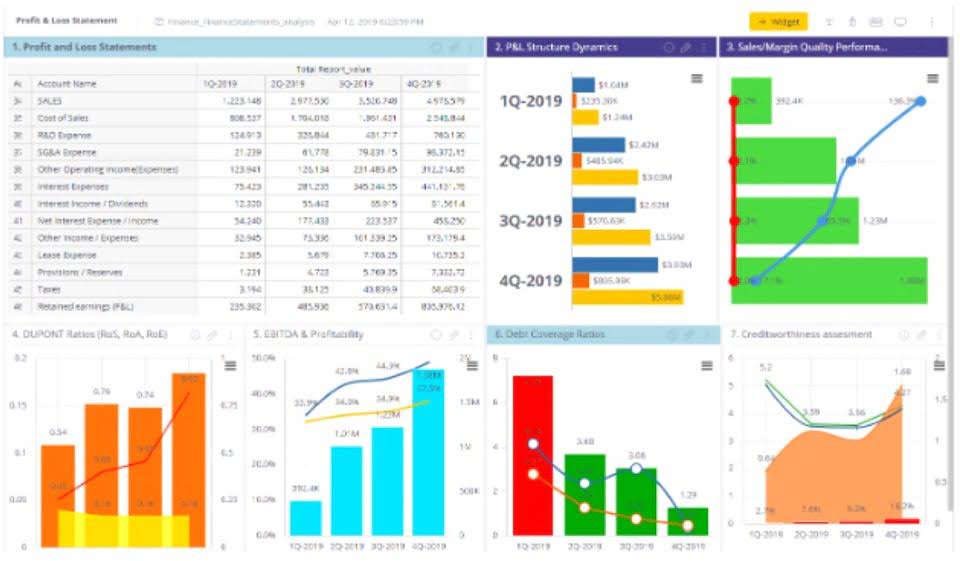
It might indicate that the business has too much inventory or isn’t investing excess cash. Alternatively, it could mean a company fails to leverage the benefits of low-interest or no-interest loans. It’s worth noting that while negative working capital isn’t always bad and can depend on the specific business and its lifecycle stage, prolonged negative working capital can be problematic. The payment of the proposed dividend during the current year should not be shown in the fund flow statement.
- Working capital can’t be depreciated as a current asset the way long-term, fixed assets are.
- If your net working capital one year was $50,000 and the next year it was $75,000, you would have a positive net working capital change of $25,000.
- For both companies, the Change in WC is a fairly low percentage of Revenue, which tells us that it’s not that significant in either case.
- Using hedging strategies to offset swings in cash flow can mitigate unexpected changes in working capital.
- A company marks the inventory down to reflect current market conditions and uses the lower of cost or market method, resulting in a loss of value in working capital.
What Is a Good Working Capital Ratio?
The change in net working capital refers to the difference between the net working capital of a company in two consecutive periods. It is calculated by subtracting the net working capital of the earlier period from that of the later period. To calculate funds from operation, the difference between the closing and opening balances of provision for bad debts shall be taken into account.
Tips to Increase Working Capital
- A business has positive working capital when it currently has more current assets than current liabilities.
- • To find the change in net working capital, subtract the net working capital of the previous year from the net working capital of the current year.
- Essentially, working capital is the amount of money a company has available to pay its short-term expenses.
- A company can improve its working capital by increasing current assets and reducing short-term debts.
- A company’s financials are similar to a report card in school, summarizing the business’ performance during a given period of time.
- Generally, companies like Walmart, which have to maintain a large inventory, have negative working capital.
The net working capital (NWC) metric is different from the traditional working capital metric because non-operating current assets and current liabilities are excluded from the calculation. On the other hand, examples of operating current liabilities include obligations due within one year, such as accounts payable (A/P) and accrued expenses (e.g. accrued wages). The most common examples of operating current assets include accounts receivable (A/R), inventory, and prepaid expenses. As of March 2024, Microsoft (MSFT) reported $147 billion of total current assets, which included cash, cash equivalents, short-term investments, accounts receivable, inventory, and other current assets. Another financial metric, the current ratio, measures the ratio of current assets to current liabilities. Unlike working capital, it uses different accounts in its calculation and reports the relationship as a percentage rather than a dollar amount.
Everything You Need To Know About Automated Treasury Management

Items affecting working capital include any changes in current assets and current liabilities. Current assets include cash (and cash equivalents), marketable securities, inventory, accounts receivable, and prepaid expenses. Current liabilities include accounts payable, short-term debt (and the current portion of long-term debt), dividends payable, current deferred revenue liability, and income tax owed within the next year. Working capital is calculated by taking a company’s current assets and deducting current liabilities. For instance, if a company has current assets of $100,000 and current liabilities of bookkeeping $80,000, then its working capital would be $20,000. Common examples of current assets include cash, accounts receivable, and inventory.
- The net effect is that more customers have paid using credit as the form of payment, rather than cash, which reduces the liquidity (i.e. cash on hand) of the company.
- The formula to calculate working capital—at its simplest—equals the difference between current assets and current liabilities.
- Even a profitable business can face bankruptcy if it lacks the cash to pay its bills.
- In 3-statement models and other financial models, you often project the Change in Working Capital based on a percentage of Revenue or the Change in Revenue.
- The best rule of thumb is to follow what the company does in its financial statements rather than trying to come up with your own definitions.
- By measuring changes in working capital over time, businesses can gain valuable insights into their cash flow, operational efficiency, and overall financial performance.
Companies can forecast future working capital by predicting sales, manufacturing, and operations. Forecasting helps estimate how these elements will impact current assets and liabilities. Current assets are those that can be converted into cash within 12 months, while current liabilities are obligations that must be paid within the same timeframe. If the change in working capital formula change in working capital is negative, it means that the change in the current operating liabilities has increased more than the current operating assets. Change in net working capital is an important indicator of a company’s financial performance and liquidity over time. By calculating the change in working capital, you can better understand your company’s capital cycle and strategize ways to reduce it, either by collecting receivables sooner or, possibly, by delaying accounts payable.

